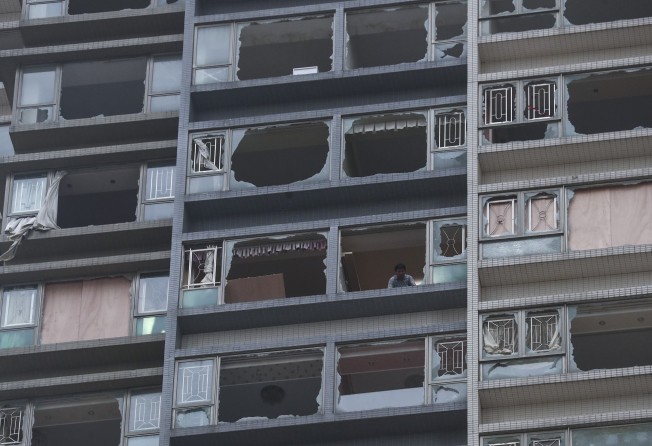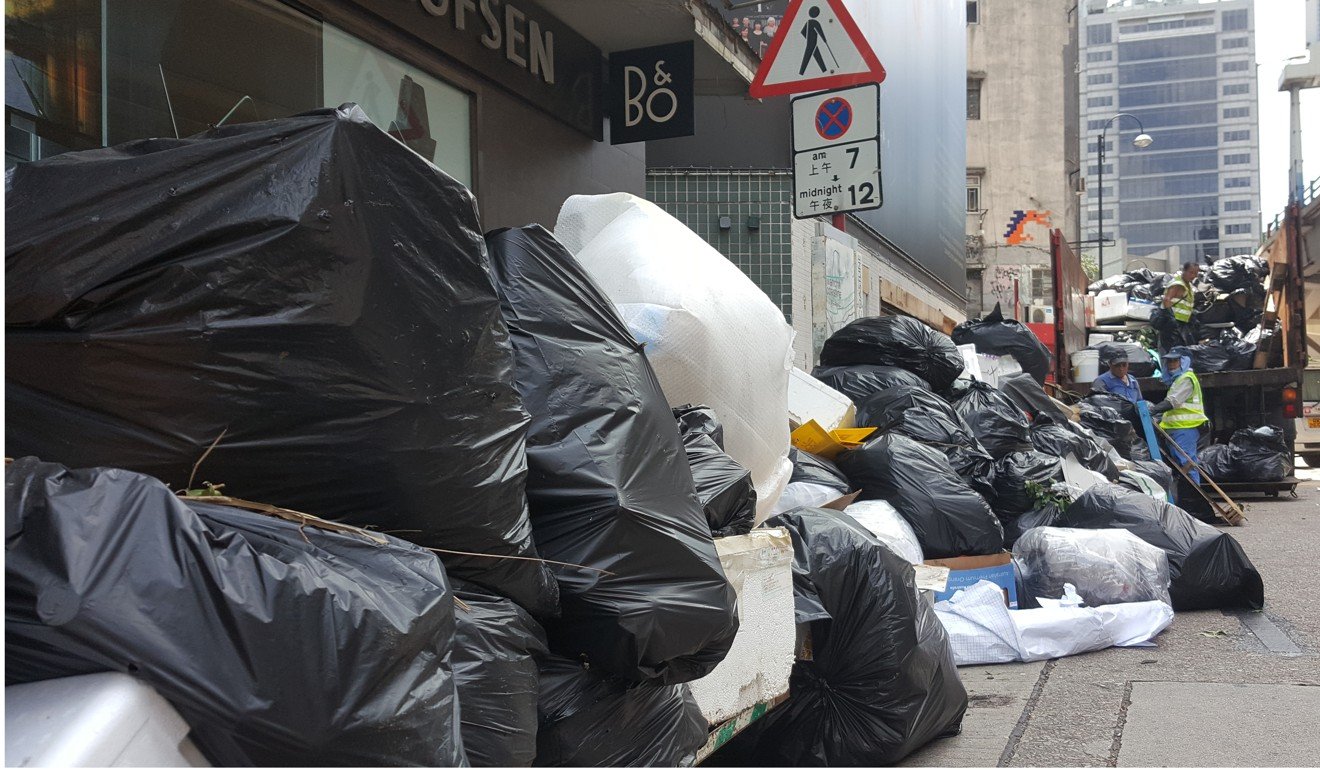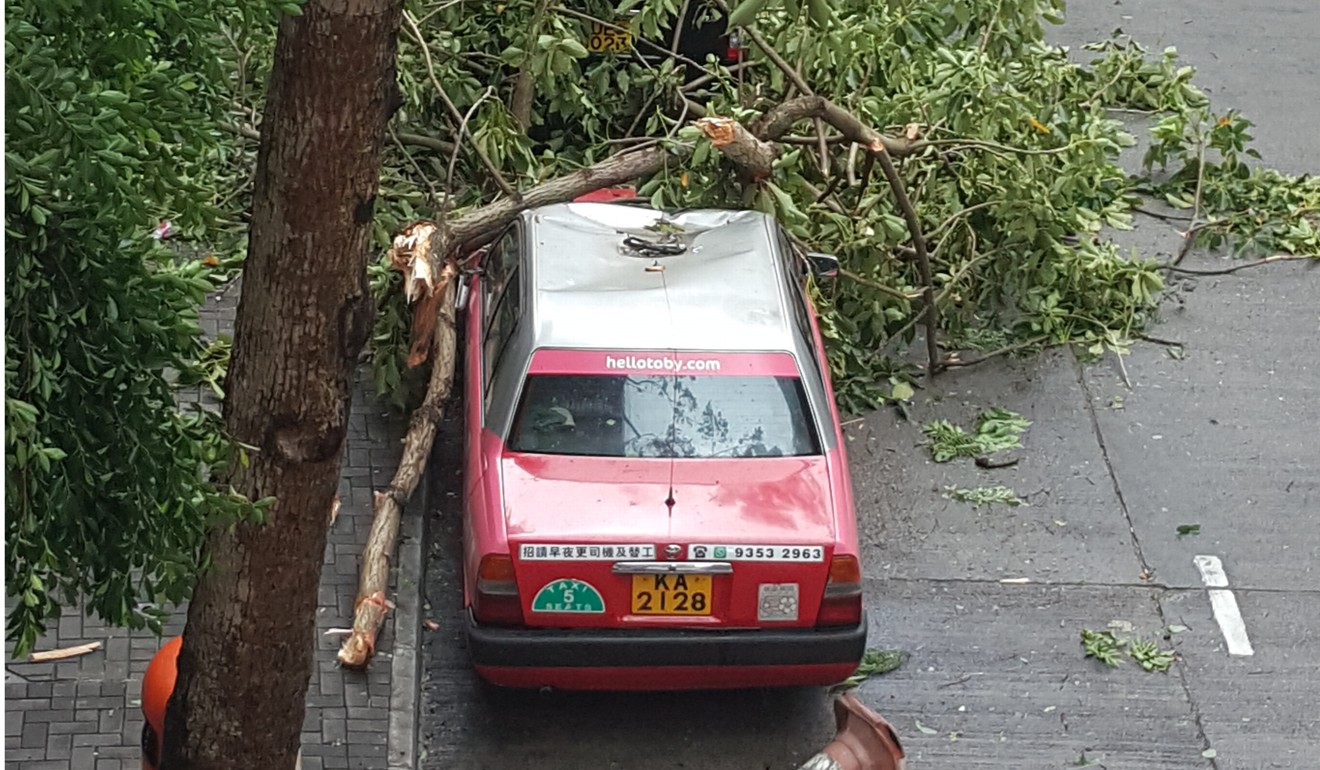Macau leader apologises, weather chief resigns after worst storm in half century leaves eight dead
More than 200 injured and tens of thousands without power or water in casino hub after typhoon batters city

Macau’s leader on Thursday made a public apology and announced the resignation of the casino hub’s weather chief after the worst storm to hit the former Portuguese enclave in more than half a century left eight people dead, more than 200 injured, and tens of thousands without power or water.
Eight more were reported killed in the mainland province of Guangdong, taking the death toll to 16, a day after Hong Kong managed to escape the onslaught of Typhoon Hato without fatalities.
Macau Chief Executive Fernando Chui Sai-on admitted that his administration had been ill prepared for the “catastrophic” impact of the storm.
“Typhoon Hato is the strongest storm in 53 years and has caused massive damage,” he said.
“What is more distressing is that eight residents are dead, and more than 200 residents were injured ... I offer my deepest condolences to the victims and their families.
“In the face of the disaster, we have to recognise that what has been done was not enough, and there is room to improve. I apologise sincerely on behalf of the government.”
Chui announced that Fong Soi-kun, director of Macau’s Meteorological and Geophysical Bureau, had stepped down.

Hato, Japanese for pigeon, was the first storm in five years to trigger the No 10 warning signal – the highest alert level – in Hong Kong.
There were no fatalities in Hong Kong, but at least 129 were injured during the passage of the typhoon, and authorities received reports of 1,057 fallen trees and extensive flooding in low-lying areas.
The Hong Kong Observatory recorded Hato’s highest intensity at 175km/h, making it the most powerful storm to hit the city since 1979.
The government said it was monitoring an oil spill off Guishan Island in the Pearl River Estuary after several vessels ran into trouble during the typhoon.

Police and labour officials were investigating possible negligence in the case of a suspended working platform that was seen swaying dangerously and smashing into the windows of a residential tower at Chatham Gate in Hung Hom. Footage of the scene at the height of the storm went viral on Wednesday.
“Our colleagues and other relevant departments have been following up on the incident,” Commissioner for Labour Carlson Chan Ka-shun said. “We will see whether the suspended working platform was securely fixed at the time.”

Hong Kong leader Carrie Lam Cheng Yuet-ngor said government departments would review their typhoon prevention and response procedures to see what improvements could be made.
The big clean-up that began on Wednesday evening after the storm swept past the city continued on Thursday, with residents of flood-hit neighbourhoods clearing debris.
In Heng Fa Chuen, three service vehicles were working overnight to pump out water from a submerged car park, in which more than 20 cars were stuck. Residents also chipped in to clear trash dumped in public spaces after floodwaters receded.
Across the harbour in Lei Yue Mun, water levels were down in flooded villages, and residents were busy bailing out their waterlogged homes.
Residents in the fishing village of Tai O, on Lantau Island, were also busy clearing out the debris left by flooding.
While dozens of evacuated residents had already returned to their homes and were busy cleaning up, a concern group said food and water supplies could be a problem as many shops could not open for business on Thursday after fridges were damaged.
Professor Ng Mee-kam of Chinese University said city planning should take into account the natural ecosystem in the long run to reduce the impact of adverse weather.
“The city should be able to absorb water and return to nature in an ecologically friendly way,” she said, citing the concept of a “sponge city” to absorb, clean and reuse rainfall.